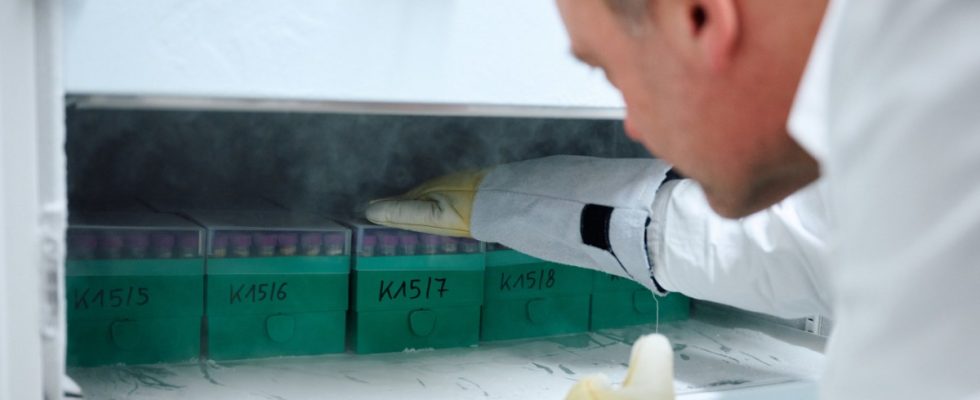According to an initial assessment by the Federal Institute for Risk Assessment (BfR), the quantities of a pollutant recently discovered in urine samples are “no cause for increased concern”. This emerges from a BfR statement on the findings of MnHexP (mono-n-hexyl phthalate).. In it, the authority writes that it is probably not very reassuring for many people: “The concentrations detected are in a range that has also been proven for other phthalates in the context of series tests.”
A good two weeks ago, the Federal Environment Agency (Uba) reported that it had discovered MnHexP in the urine of numerous people in Germany. The Uba had detected it in the urine of adults, an authority in North Rhine-Westphalia in that of kindergarten children. According to Uba, MnHexP is a degradation product of the plasticizer DnHexP (di-n-hexyl phthalate). According to the BfR, other starting materials for the MnHexP found in urine can also be considered. According to Uba, DnHexP may no longer be used in the EU without approval since 2023.
According to the results of animal experiments, MnHexP is a substance that is harmful to reproduction, said Uba toxicologist Marike Kolossa recently. It primarily affects the reproductive organs of male fetuses in the womb. But it could also be harmful to adults and increase the risk of diabetes, high blood pressure and obesity, which is shown by further animal experiments. Concentrations “that are so high that a health risk cannot be ruled out” have been discovered in individual people.
The BfR now writes that the cause of the increased MnHexP values in the urine samples of adults and children has not yet been clarified. However, various sources such as sunscreens and other consumer products would be discussed. A certain UV filter is suspected, which could contain DnHexP as a contaminant. However, there is no reliable information as to whether sunscreens, other cosmetics or other consumer products available on the market actually contain such a contaminated UV filter, writes the BfR.
The Baden-Württemberg Ministry of Consumer Protection announced on Sunday that experts had recently examined 57 samples of sun protection products from recent years for DnHexP. Accordingly, the plasticizer could be detected in 21 samples in a concentration of 0.3 to 16 milligrams per kilogram. At first they had West German General Newspaper reported on the investigation.
In its statement distributed on Saturday, the BfR came to the conclusion that it was very unlikely that sunscreens that contained a UV filter potentially contaminated with DnHexP would cause health problems. DnHexP is banned as an ingredient in cosmetic products, but it could be introduced into such products as a contaminant of raw materials.
The BfR emphasized that the present assessment of the health risks was preliminary. It can be assumed that possible risks were estimated too high rather than too low in the current risk assessment. There is currently no limit or guideline value for MnHexP or the possible starting material DnHexP. For the preliminary assessment, the BfR therefore “used information on the health effects of chemically similar phthalates for which corresponding values exist”. As an additional safety margin, the BfR has assumed that the two substances mentioned could be up to five times more effective than the phthalate di-nbutyl phthalate (DnBuP) with the currently lowest limit/guideline values. “The BfR calculations only show that the current lowest limit/guideline values are mathematically exceeded in a very small number of cases,” says the authority’s statement.

